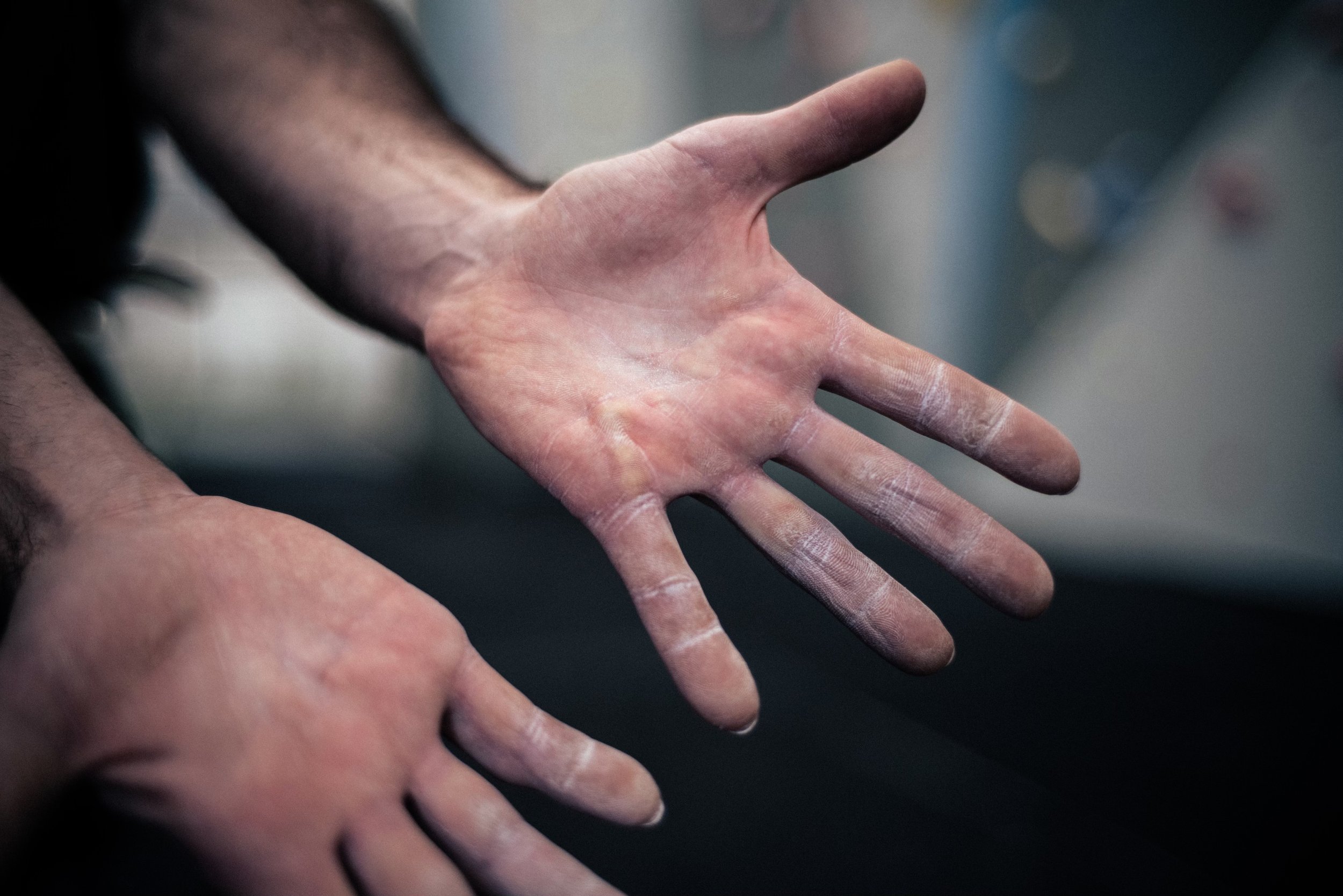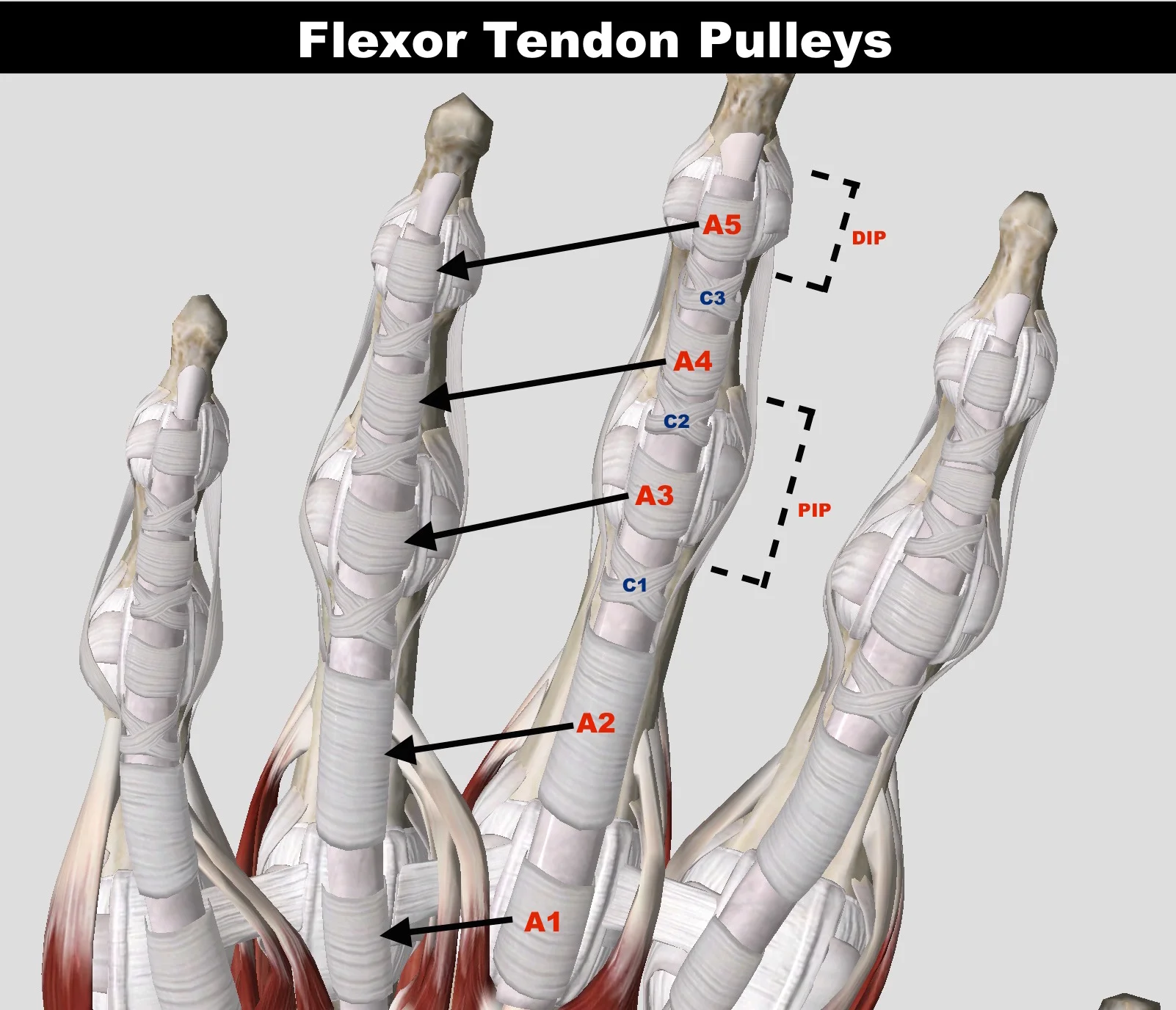How to Interpret Body Pain Signals
Do you have intermittent pain that has almost become your new normal?
Often we think pain is a part of life and aging, but it is actually our body’s way of communicating that something is not quite right structurally or mechanically. We have sensors throughout the body that register abnormal stress or strain, pressure, and temperature. These sensors are our feedback system to the brain, which then interprets the signal as pain. Ultimately pain signals have to be answered by addressing the structural or mechanical imbalance. Sometimes this can be addressed through rest and self treatment, but if that alone does not lessen your pain, it is in your best interest to seek care.
What does it mean when something hurts?
Our body communicates through specialized sensors and our brain interprets the appropriate response. It’s important to know the difference between pain and sensation when navigating what we feel. Pain is an alarm signal (i.e. too much stress or force on the tissue or joints), sensation is tissue adaptation (like a deep stretch or muscle work). If you burnt yourself on the stove or bent your finger back too far your reaction will be to recoil. With sensation you may feel uncomfortable, but if you breathe and relax, your body will let you stay and maybe even go further.
Have you bought into the slogan “no pain no gain?”
It’s important to know that experiencing pain is not a normal part of fitness. Pain is not productive during activity but rather your body telling you to check in and assess where the abnormal stress or strain is coming from.
If you experience pain during activity here are some things to consider:
Check your ROM (range of motion) before and after. If it is ever made worse after activity that’s a sign that you need to reduce load or intensity.
Check for tissue swelling. Any increase in swelling is a sign that the area is irritated. Chronic swelling inhibits tissue healing.
Examine your form and see if the pain is the result of poor positioning, alignment, or insufficient muscle activation.
What do you know about tissue swelling?
Swelling is the result of increased fluid and white blood cells into an injured area. Swelling is especially important in the first phase of tissue healing (approx. 0-14 days post injury) and will vary from person-to-person, even with the same injury. We need the swelling response to heal, but our bodies tend to over do it, so it’s a good idea to mitigate swelling immediately.
Some things to know:
If swelling persists past 2-3 weeks it may be a sign of missed injury (i.e. fracture or joint displacement for example), an inadequate healing environment, or inappropriate return to activity (i.e. too much load/force/impact too soon)
Three things that can help diminish swelling in the limbs: elevation (above the level of the heart), movement (engages the skeletal muscle pump), and stimulate the lymphatic system (i.e. “Dry Brushing” or contrast bath)






















